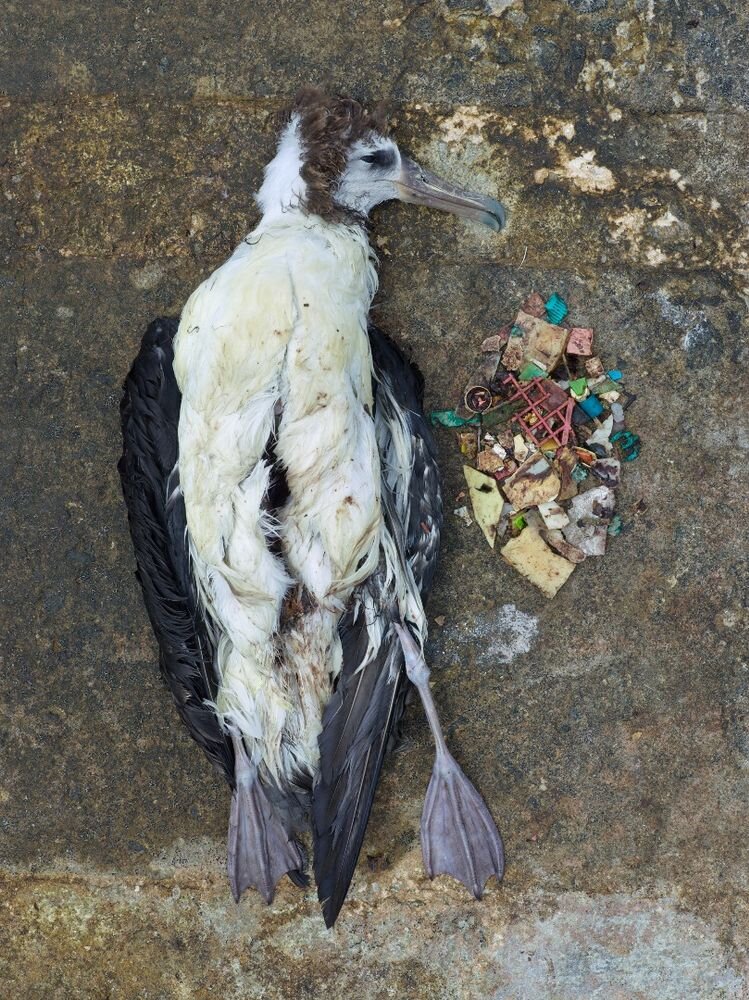Ciao and welcome back to the weekly blog. Today we’re discussing a incredibly important topic. Artists have taken to their respective mediums to express discontent with with the state of a number of things in the world, and today we look at instances where art was used to send a message that what’s being done to the environment is irreversible.
From the 2nd until the 13th of December Madrid is hosting the 25th UN climate change conference, an event that is closely followed by media. This year seems to be the culmination of the efforts of the years prior, the younger generation seeks changes in CO2 emission and pollution-waste policies and has made sure its voice is heard. Greta Thunberg, the Social-media environmentalist that started the movement Friday’s for future, has established a platform for the younger generation to take part in these discussions. Her efforts in casting light on the current climate change and environmental situation are commendable to say the least. She reached out to the a crowd ignored by the archaic members of these organisations; children and teenagers, people that will be affected by these environmental problems way after current policy makers have passed. Their needs are simple yet no one has seemingly any answer for them. We want sustainability, - actual - sustainability. We want to have a future. Which I think is self-explanatory.
